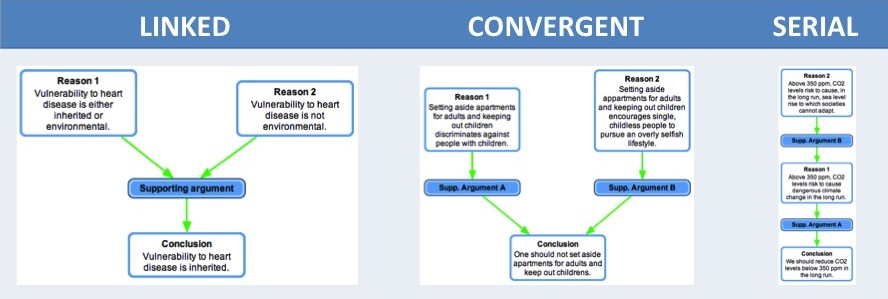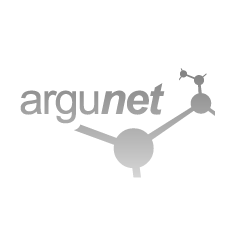It’s not obvious how to present an argument map that consists in dozens of arguments. That’s because, in a talk, you want to comment both on the macro structure of the debate, providing an initial overview, as well as on individual arguments featured in the map.
How To Reconstruct Linked, Convergent and Serial Arguments with Argunet
Linked, convergent and serial argumentation are basic notions of argument structure in Critical Thinking and Informal Logic. This post describes how these argument patterns translate into Argunet argument maps.

Continue reading…
So, what exactly is an argument map?
This is a quick introduction into argument maps: How to create them, how to read them and what you can expect to get out of it.
An Argunet argument map visualises the structure of complex argumentations and debates as a graphical network. In this network all nodes are either sentences or arguments and all relations between them are either attack or support relations.
The reconstruction and visualisation with argument maps can be useful in many ways:
- Argument maps can give you a fast overview over the state of a debate
- Argument maps help you to remember complex argumentation structures
- The logical reconstruction allows a detailed analysis and evaluation of arguments and dialectic strategies
- Argument maps help to keep focused on relevant parts of the debate by filtering out irrelevant or redundant information
- Argument maps help concentrate on a rational, fair debate
- Argument maps can guide and structure live discussions. Misunderstandings, repitition and unfair persuasion techniques can be avoided.
- Argument mapping can be used for presentations or whole seminars
